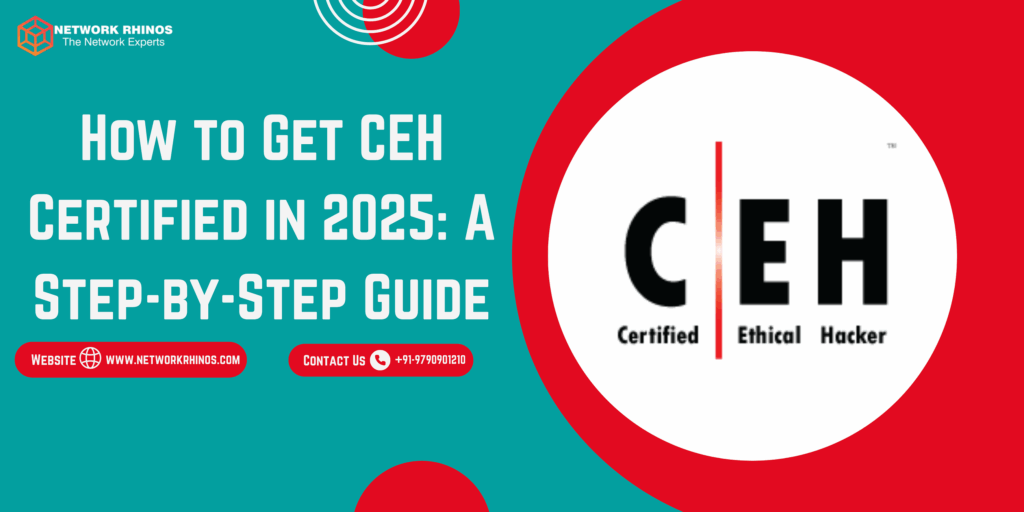Cloud-Based Disaster Recovery: Latest Technologies & Strategies
Date: May 30, 2025 Time: 9:30 AM EDT | 8:30 AM CDT | 7:00 PM IST Topic: Cloud-Based Disaster Recovery: Latest Technologies & Strategies Watch Now Abstract: The risk of network failure—whether due to increasingly sophisticated cyberthreats or natural disasters—poses a significant threat to business continuity. An incident response and disaster recovery (DR) plan is…
The post Cloud-Based Disaster Recovery: Latest Technologies & Strategies appeared first on Cybersecurity Exchange.





